Sylvester Stallone's Financial Struggles
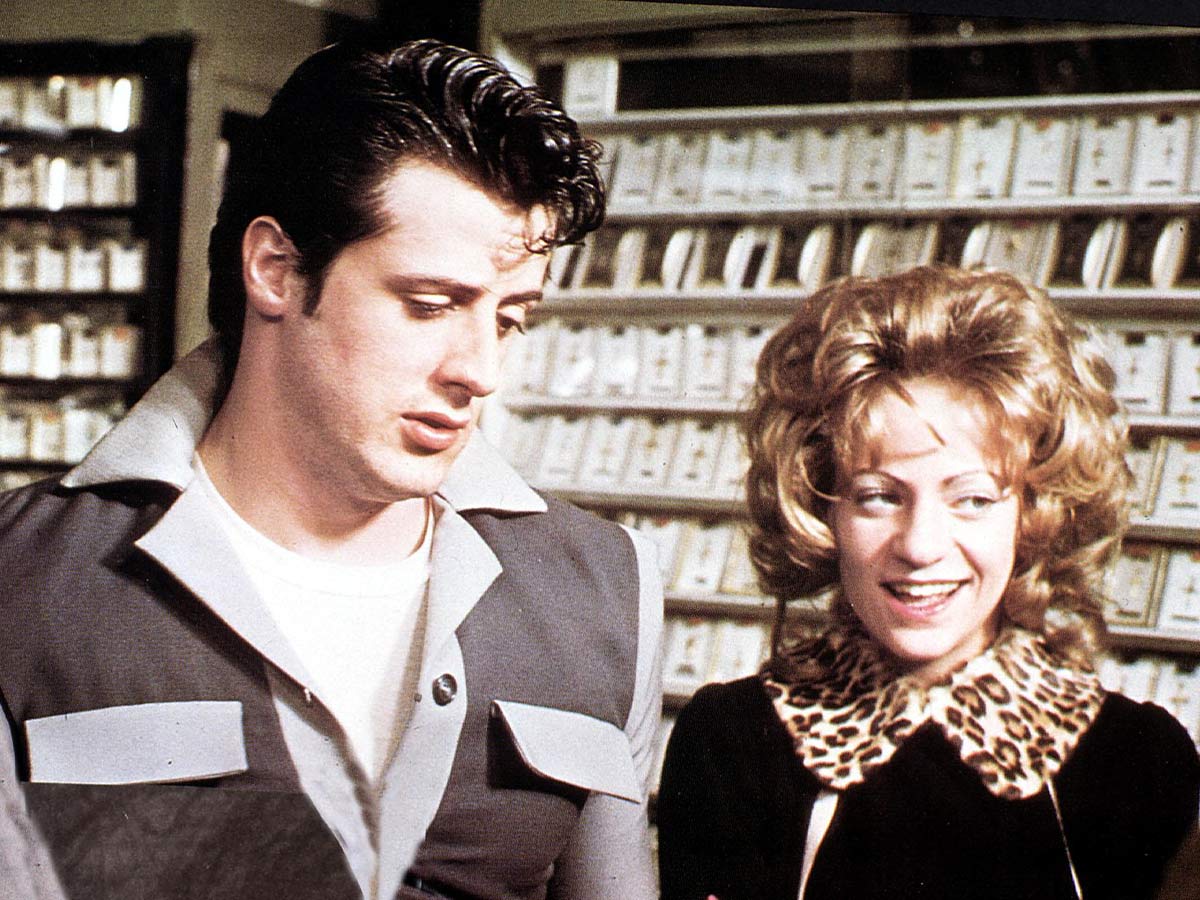
Before the fame and success of Rocky Sylvester Stallone lived a life steeped in poverty. In fact, he was so financially strapped that he had to make the heartbreaking decision to sell his beloved dog, Butkus, for just $50. Stallone was struggling to make ends meet during the early 1970s, and the sale of his bullmastiff dog was a desperate attempt to afford basic necessities.
However, Stallone's fortunes changed dramatically when he sold the script for Rocky. The film would go on to become a massive success, catapulting Stallone into stardom. With his newfound wealth, Stallone was determined to rectify his past decisions. He tracked down the person he'd sold Butkus to and offered to buy the dog back. The cost was significantly higher this time around—$3,000—a stark contrast to the meager $50 he'd sold him for. This anecdote not only underscores Stallone's rags-to-riches journey but also highlights his deep affection for his pet, who he was willing to buy back at sixty times the price he'd sold him for.
Throwing Real Punches
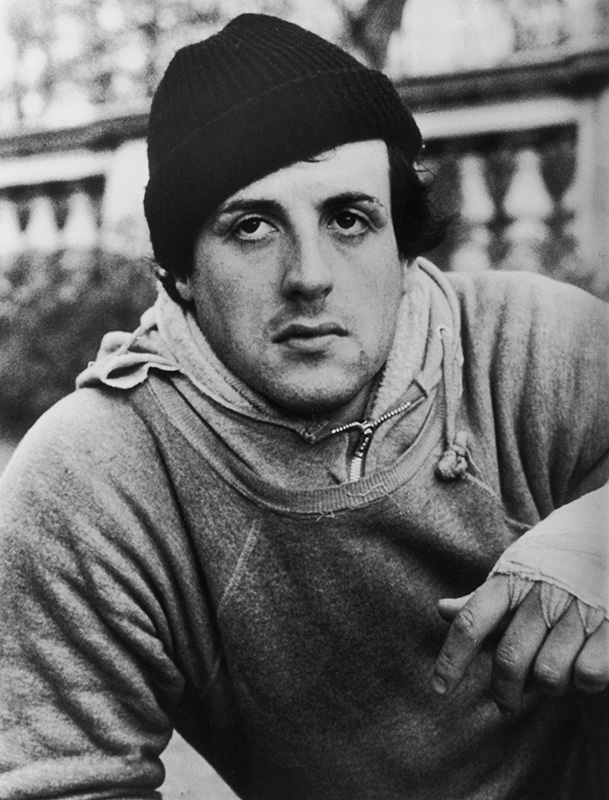
The filming of the iconic final fight scene in Rocky was as real and intense as it gets. Sylvester Stallone, portraying the underdog boxer Rocky Balboa, was in the ring with Carl Weathers, who played his formidable opponent, Apollo Creed. During the intense filming, Stallone took a punch from Weathers that resulted in a genuine black eye. This wasn't in the script or planned during the choreography of the fight scene. However, the authenticity of the moment was undeniable, and it added a layer of realism to the film that resonated with audiences.
The decision was made to keep the take in the film, highlighting the raw, unfiltered nature of the boxing world that Rocky aimed to portray. In fact, Stallone's commitment to authenticity didn't stop there. In later installments of the Rocky series, he continued to push the limits. For example, while filming the final fight scene for Rocky IV, Stallone ended up in the hospital due to the intensity of the sequence. Stallone's dedication to his craft and willingness to endure physical pain for the sake of cinematic authenticity has helped make the Rocky franchise one of the most beloved in film history.
Unconventional Training Methods

Beyond traditional gym workouts, Stallone incorporated unique elements into his routine to prepare for the role of Rocky Balboa. He would do 120 minutes of combat training and 30 minutes of combat yoga in the morning. He also included long cardio sessions, which usually consisted of jogging or swimming, then about 18 rounds of sparring in the ring.
Perhaps one of the most unconventional methods Stallone used was punching frozen meat in a slaughterhouse, a scene that became famous in the film's training montage. This epitomizes Stallone's commitment to authenticity and the lengths he went to portray the physicality and grit of a boxer. Over the years, Stallone has adapted his training, incorporating stretching bands and aerobic exercises into his fitness routine.
Burt Reynolds' Missed Opportunity
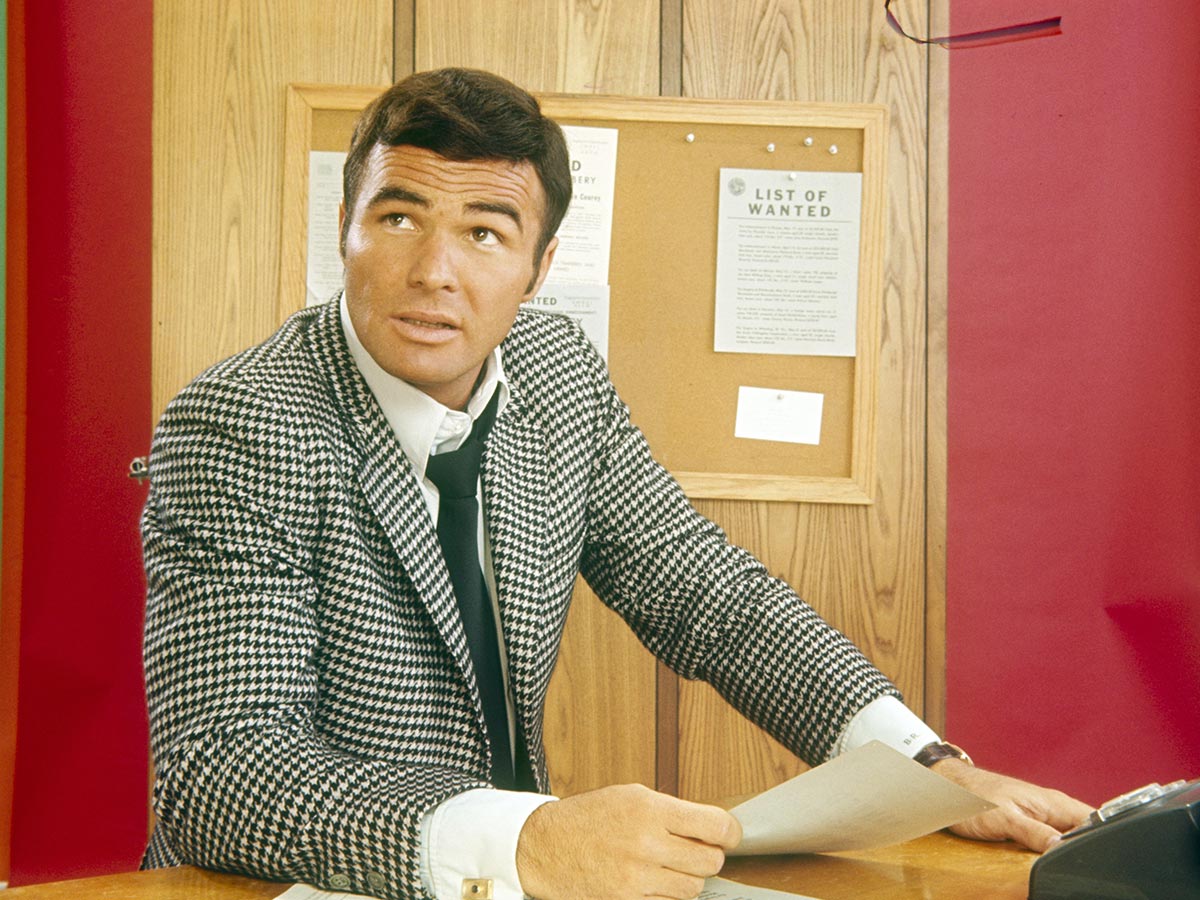
Burt Reynolds, a celebrated actor known for his roles in films like Gator and Smokey and the Bandit was initially considered for the iconic role of Rocky Balboa in the hit movie. However, Reynolds decided to turn down the opportunity. This decision would later be described by Reynolds himself as one of the most significant mistakes of his career.
At the time, the producers were looking for a well-known Hollywood-type actor to portray the lead character, Rocky Balboa. Names like Ryan O'Neal and Burt Reynolds were on their list. However, Sylvester Stallone, who wrote the script, was adamant about playing the title role himself. Despite the initial disappointment, Reynolds had no regrets about working alongside Stallone in a later film, Driven. The experience only highlighted what could have been if he had accepted the role of Rocky Balboa.
Talia Shire's Pregnancy

Talia Shire, widely recognized for her role as Adrian Pennino in the series, displayed remarkable dedication to her craft during the production of the film. After giving birth to her son Matthew, Shire resumed work on Rocky just a few months after his birth. This commitment to her role was instrumental in bringing the character of Adrian to life on screen.
The decision by Sylvester Stallone to incorporate a love interest for Rocky Balboa greatly benefited the franchise, and Shire's portrayal of Adrian is now considered iconic. Despite the challenges of juggling new motherhood and a demanding filming schedule, Shire delivered a performance that has stood the test of time. Her return to work shortly after giving birth demonstrates not only her professionalism but also her passion for her craft.
Paulie's Robot Girlfriend

In the cinematic universe of Rocky IV a unique and somewhat peculiar character was introduced—a robot girlfriend for Paulie, Rocky's brother-in-law. This character, named Sico, was created by International Robotics Inc. in New York and voiced by the company's CEO, Robert Doornick. The robot's incorporation into the storyline was seen as highly innovative and futuristic at the time of the film's release. It even had several comedic scenes with Paulie, adding a light-hearted contrast to the otherwise intense drama of the boxing narrative.
However, as years have passed, this sci-fi element has become a subject of mockery, often considered one of the strangest aspects of the Rocky franchise. Despite the criticisms, the robot's presence undeniably added a unique flavor to Rocky IV, making it a memorable part of the series.
Moving the Rocky Statue
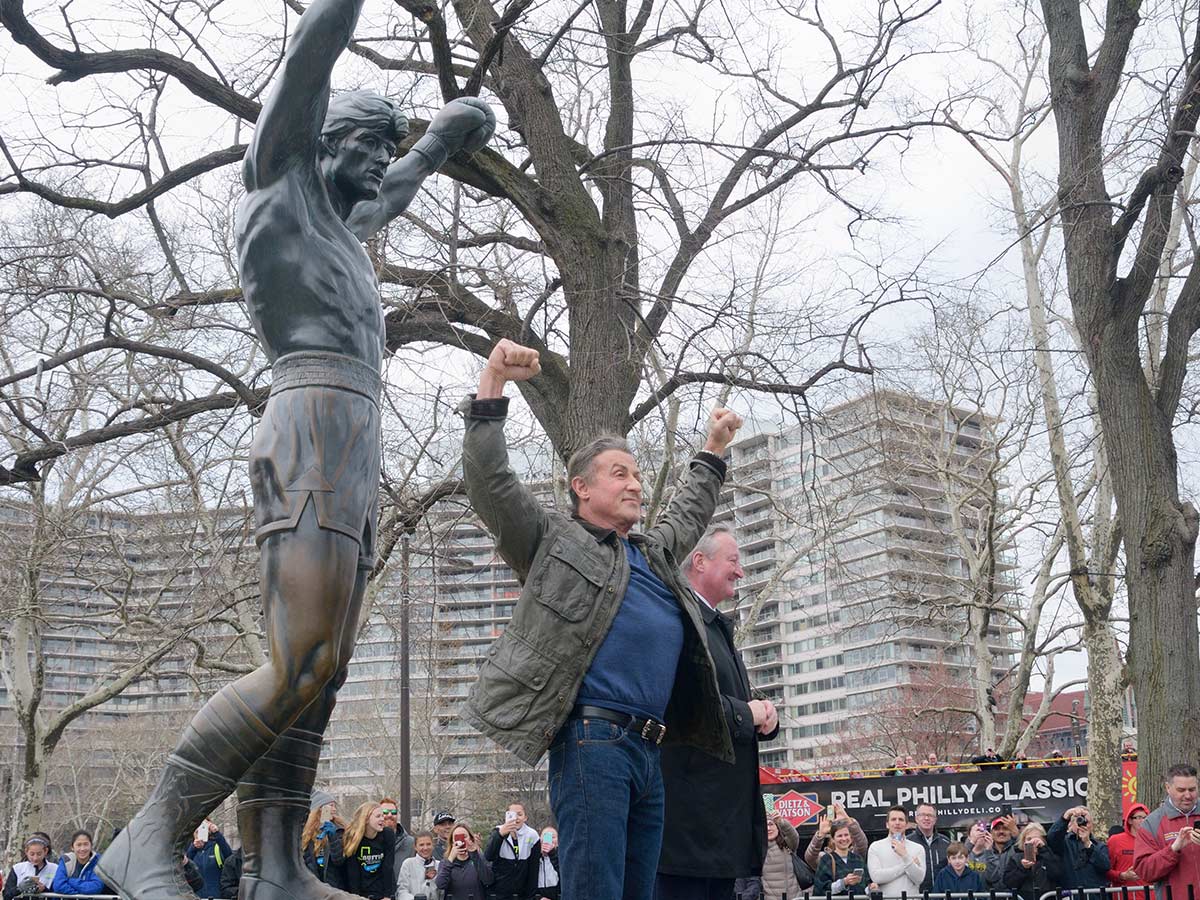
The Rocky Balboa statue, a significant symbol in the film franchise, was originally positioned at the top of the Philadelphia Museum of Art steps during the production of Rocky III. This larger-than-life bronze sculpture, which depicts the fictional boxer with arms raised in victory, was created by sculptor A. Thomas Schomberg has become an iconic landmark in Philadelphia.
However, due to logistical issues, the statue was later relocated to the bottom of the steps. This move sparked protests from fans who felt that the original location at the top of the steps was integral to the statue's significance. Fans insisted it be returned to its initial position, reflecting its iconic scene in the movie where Rocky triumphantly ascends the steps. Despite the controversy, the Rocky statue remains a must-see attraction for visitors and fans alike.
The Movie's Real-World Impact
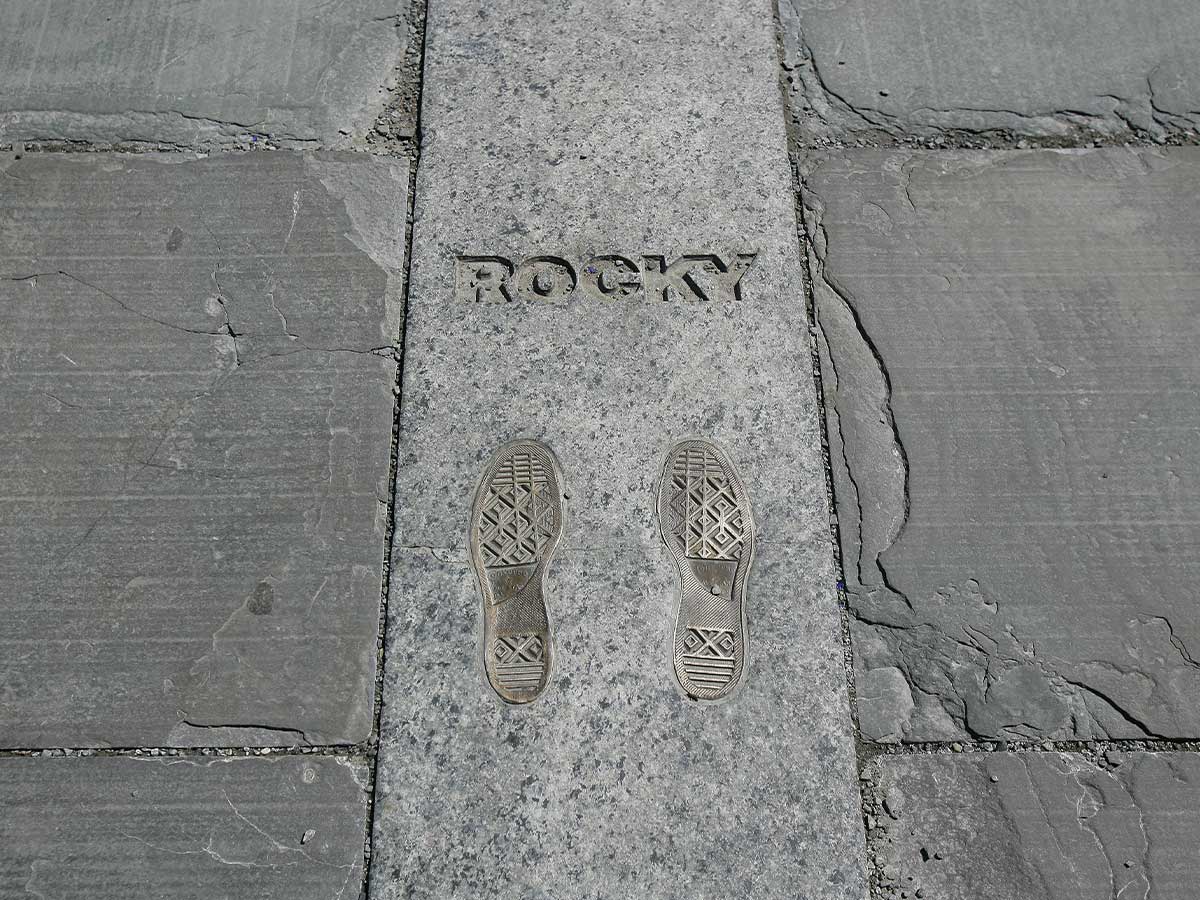
Following the release of the original film, there was an unexpected surge in the number of people running up the steps of the Philadelphia Museum of Art. This phenomenon was inspired by a memorable scene in the movie where Rocky Balboa triumphantly runs up the steps as part of his training regimen. This moment has since become synonymous with hard work and determination, leading many fans to reenact this iconic scene.
Recognizing the cultural significance and popularity of this trend, the city of Philadelphia eventually embraced the phenomenon, transforming the museum steps into an iconic tourist attraction aptly named the "Rocky Steps." The steps have now become a symbolic landmark, representing the spirit of Philadelphia as a place where underdogs can become champions through perseverance and effort. Today, the Rocky Steps and the adjacent Rocky Statue are must-see spots for fans of the movies.
James Brown's Live Performance
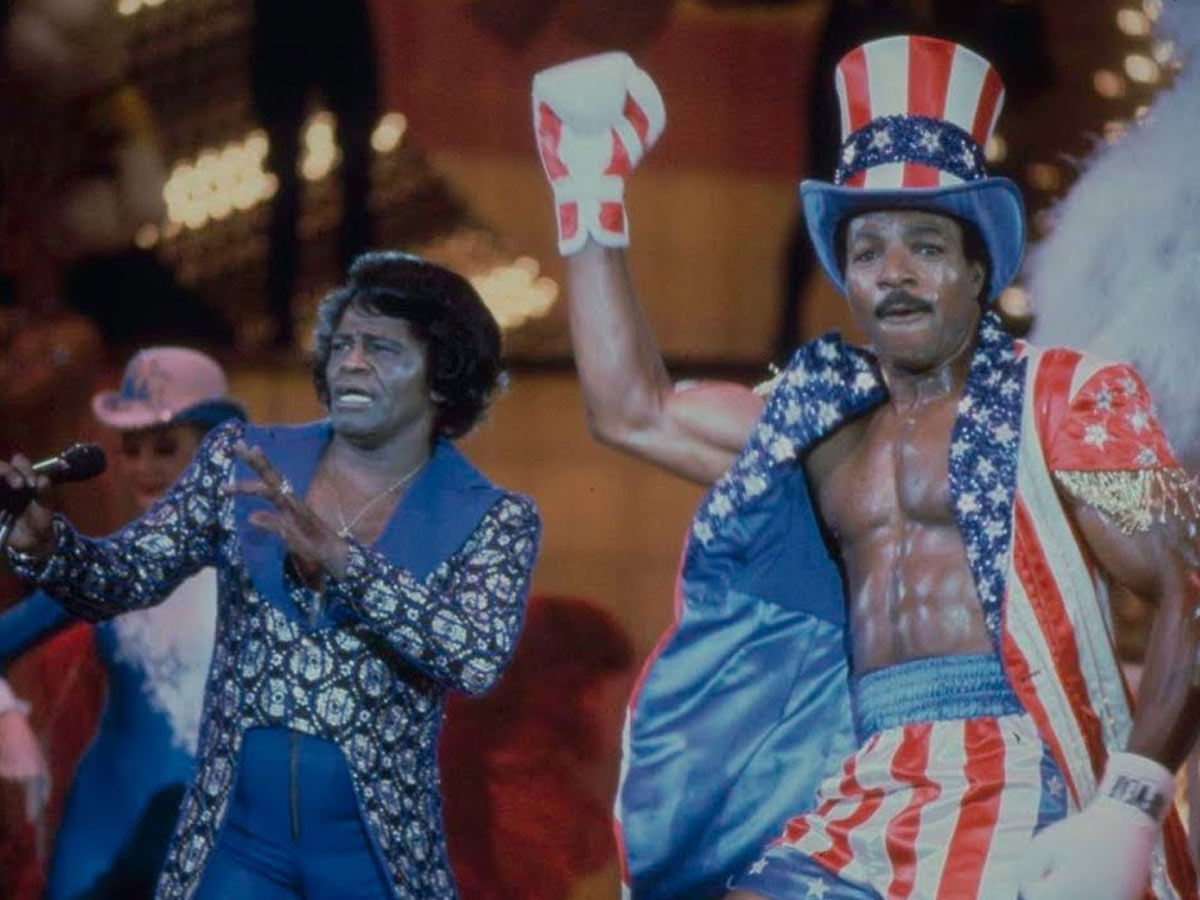
In Rocky IV, a significant highlight of the film was the live concert scene performed by none other than the Godfather of Soul, James Brown. The legendary performer took to the stage with his signature energy and electrifying presence, delivering a dynamic performance that left the audience spellbound. His rendition of "Living in America" was not just a musical interlude but an integral part of the film's narrative, setting the stage for Apollo Creed's dramatic boxing match.
The atmosphere during the filming was so charged with excitement that the audience momentarily forgot they were there to watch a movie being shot. Instead, they found themselves fully immersed in the experience, as though they were attending a genuine James Brown concert. This unique blend of cinema and live performance contributed significantly to the realism and energy of the scene, making it one of the most memorable moments in the Rocky franchise.
Rocky's Improvised Monologue
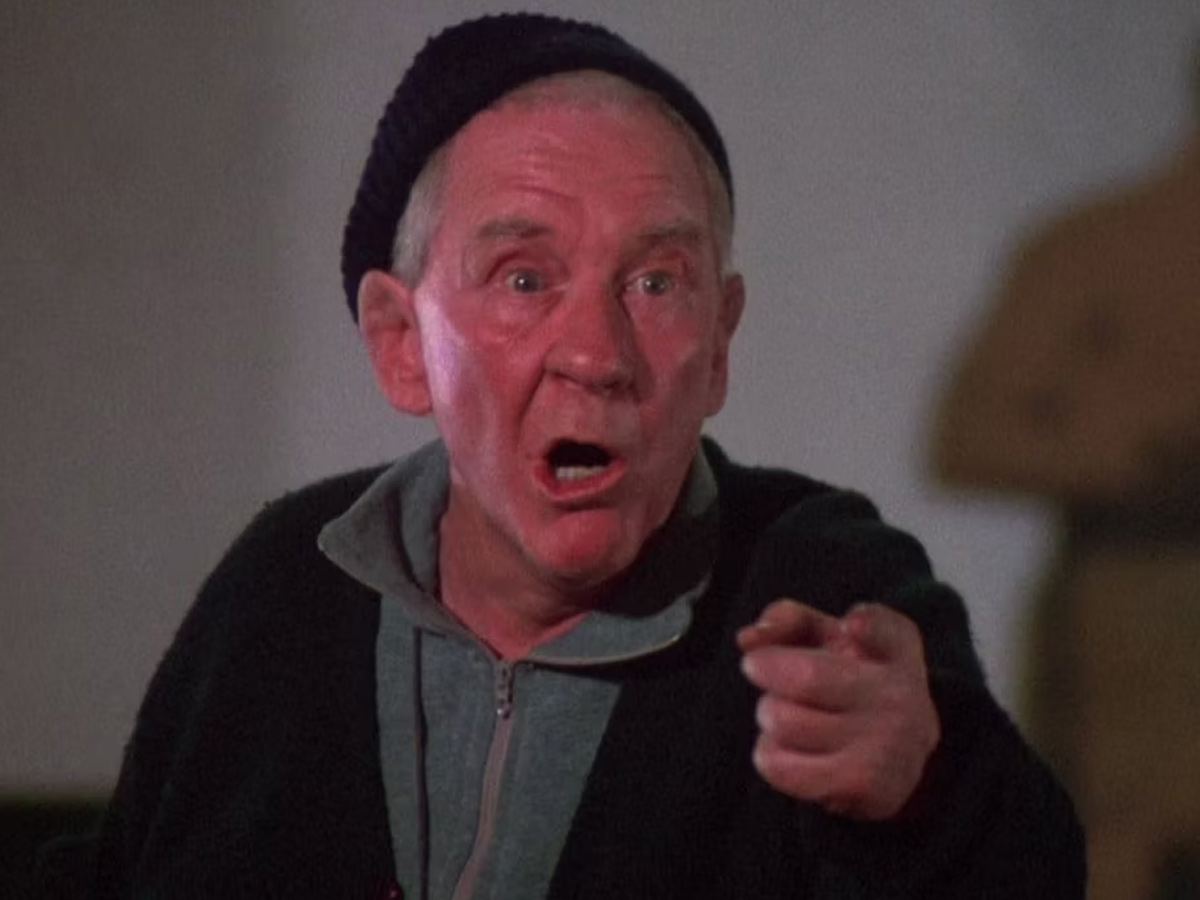
Many scenes in the original Rocky movie were improvised to some extent, thanks to the fact that production had a tiny budget to work with. In lots of the scenes where Rocky is in public, the “extras” are actually just real people going about their lives with no idea that they were becoming part of movie history!
However, by far, the most famous improvised scene in the film is Rocky’s monologue to Mickey after Mickey makes the offer to manage the boxer. In particular, Rocky’s famous line, “This whole place stinks!” was true to life, as the run-down apartment they were filming in literally did stink while they were shooting the scene.
Stallone's Oscar Loss

The 1977 Academy Awards was a memorable event in the history of cinema, particularly for the Best Actor category. Sylvester Stallone, the star and writer of Rocky, found himself in stiff competition with Peter Finch, who had delivered a powerful performance in Network. Stallone's portrayal of Rocky Balboa, an underdog boxer, resonated with audiences worldwide, earning him his first Oscar nomination.
However, it was Finch who ultimately won the award, making history as the first actor to receive a posthumous Academy Award. His riveting performance as Howard Beale, a news anchor, in Network, was universally acclaimed, and his untimely death just weeks before the ceremony added significant emotional weight to his win. While Stallone may not have won the Oscar that year, his nomination alone was a testament to his talent and the impact of Rocky on popular culture.
The Inspiration for Mickey
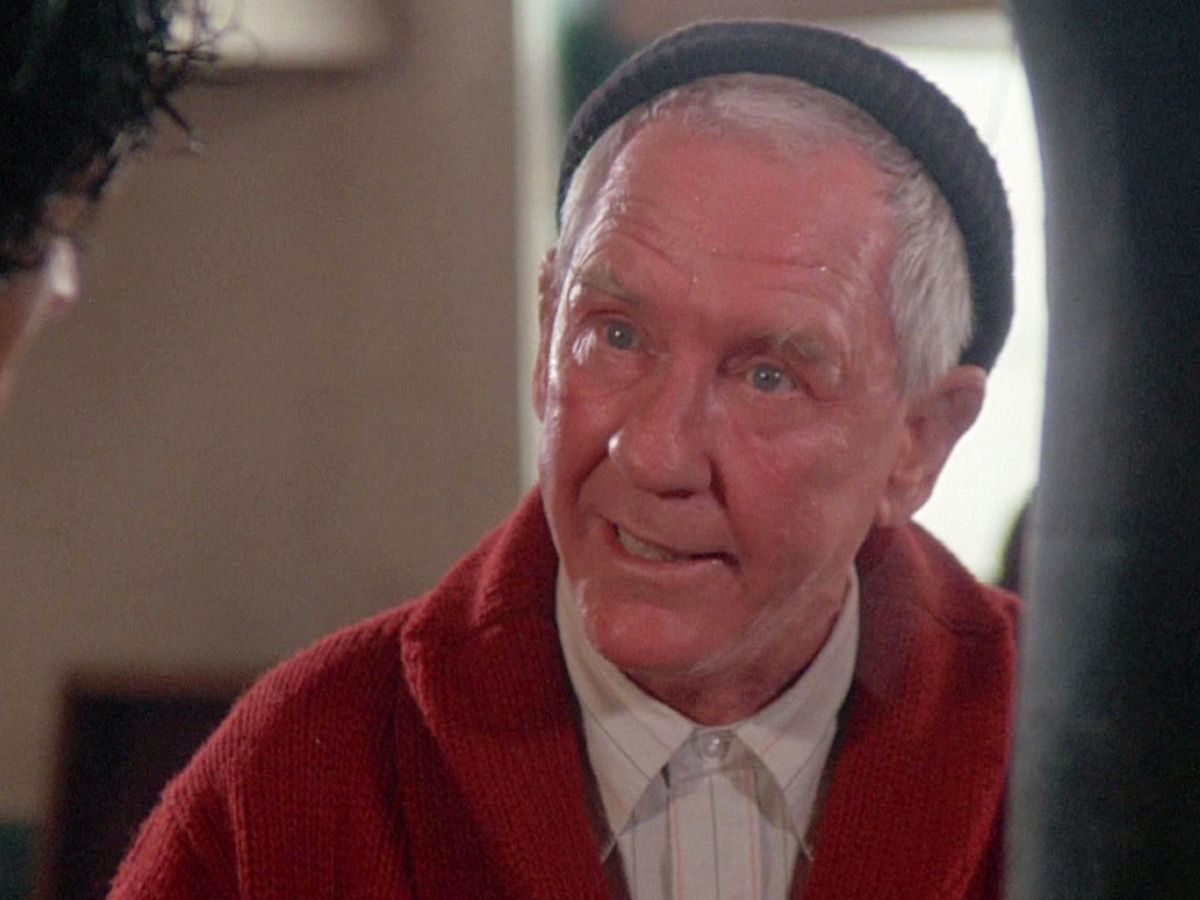
Mickey, the gruff and passionate trainer of Rocky Balboa in the Rocky series, was not purely a product of fiction. He was, in fact, inspired by a real-life figure— George Benton, a renowned trainer and former middleweight boxer. Benton's expertise in boxing and his unique training methods made him an influential figure in the sport, and his persona served as a model for the character of Mickey, played by Burgess Meredith.
Benton's influence went beyond just the character’s demeanor and profession. The character's memorable catchphrase, "You're gonna eat lightning, and you're gonna crap thunder!" was allegedly an actual saying of Benton's. This colorful phrase, which encapsulated Benton's tough-love approach to training, was incorporated into the script and has since become one of the most famous lines from the Rocky series. It perfectly encapsulates Mickey's fiery spirit and his relentless drive to push Rocky beyond his limits, mirroring the same intensity that Benton brought to his own training sessions.
A Speedy Script
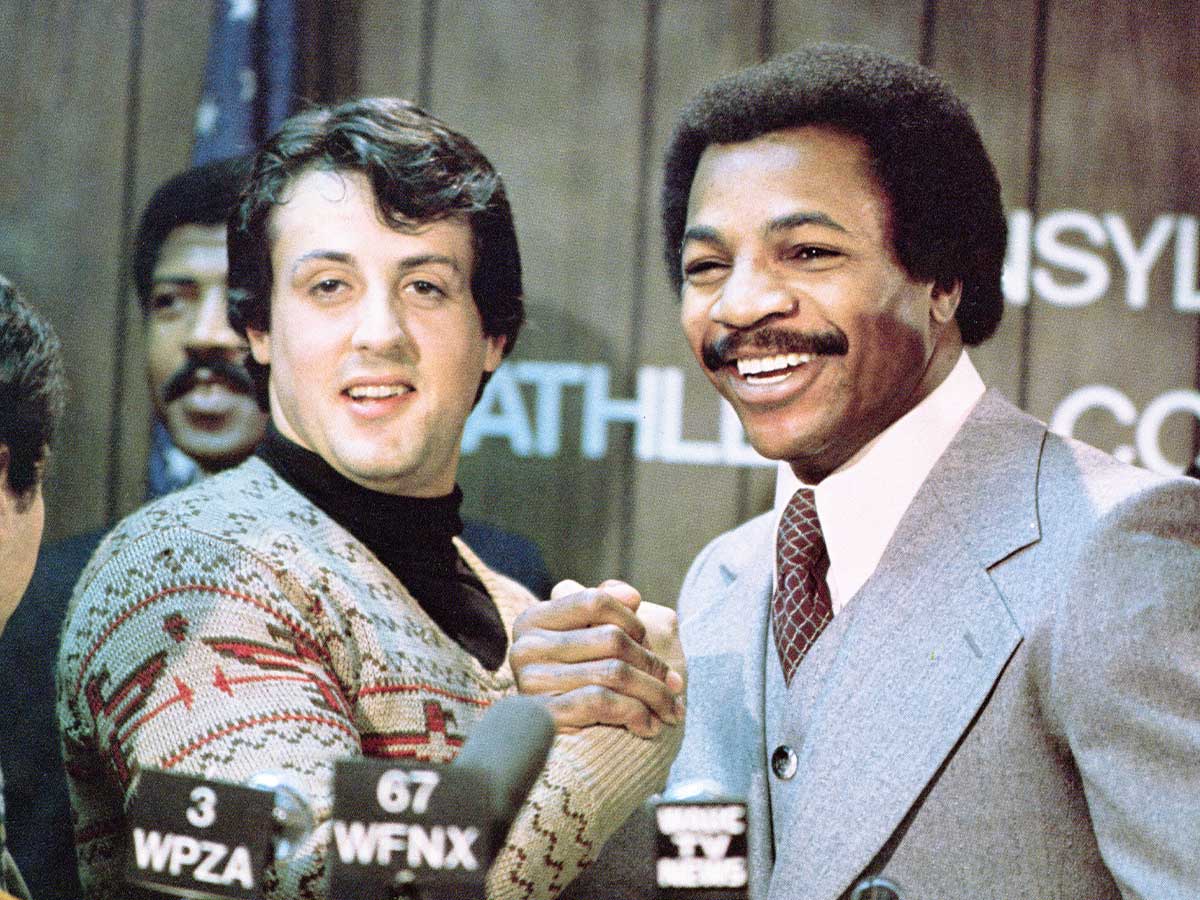
Sylvester Stallone's journey to creating the iconic Rocky film is a story of determination and inspiration in itself. Stallone, who was relatively unknown in Hollywood at the time, wrote the original script for Rocky in less than a week. His inspiration came from watching a championship fight between Muhammad Ali and Chuck Wepner, which sparked the idea for a story about an underdog who gets a shot at the world heavyweight title.
Despite facing numerous rejections and being advised to sell the script to established actors, Stallone persisted in his belief that he should play the lead role. His tenacity paid off when the film not only became a box office hit but also won three Academy Awards, including Best Picture. Stallone's quick yet passionate scriptwriting process for Rocky exemplifies his character's spirit, proving that with dedication and perseverance, even the most daunting challenges can be overcome.
Casting Adrian
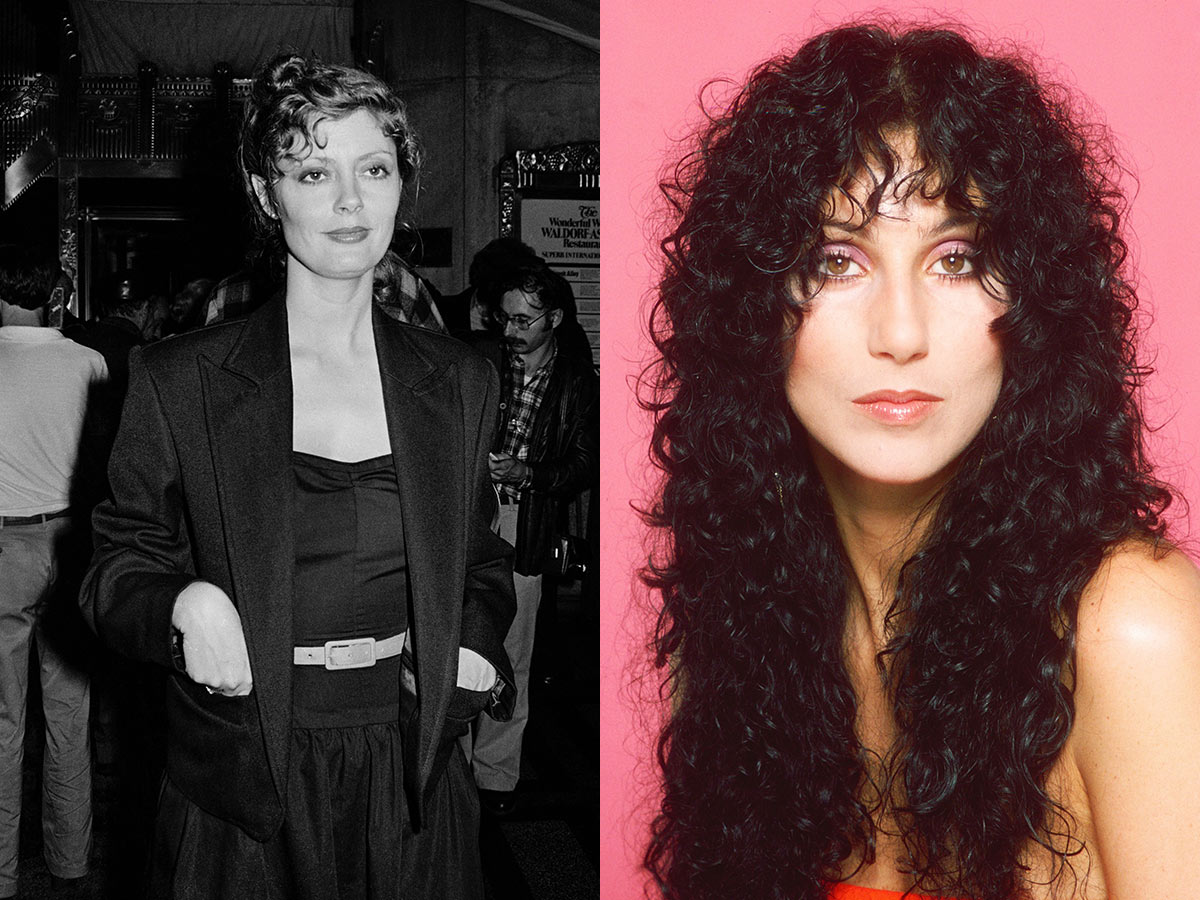
The casting process for the role of Adrian in Rocky was no simple task, with several high-profile actresses being considered for the part. Cher, Bette Midler, and Susan Sarandon were among the notable names who were initially thought of for the role. Each of these actresses had already made a significant impact in the film industry, and their potential involvement added an intriguing layer to the production.
However, it was Talia Shire who ultimately won the role, delivering a performance that perfectly embodied the quiet strength and resilience of Adrian. Despite the star power of the other actresses considered, Shire proved to be the ideal choice—mainly because the more high-profile actresses weren’t interested in the role. Regardless, Shire was brilliant at creating a character who was not only Rocky's love interest but also his rock, providing him with emotional support and grounding him throughout his journey.
(Images via Harry Langdon/Archive Photos/Getty Images; Art Zelin/Archive Photos/Getty Images)
A Family Film
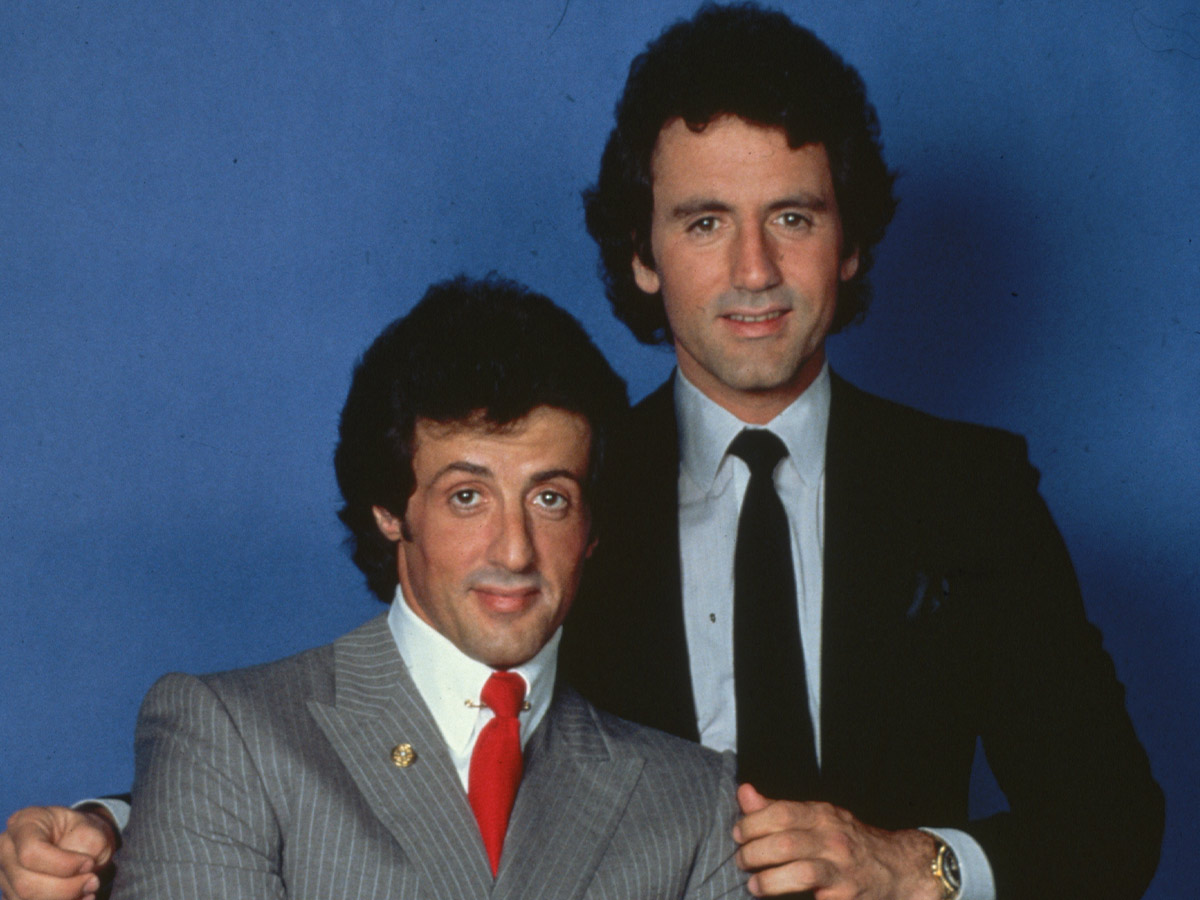
Sylvester Stallone's family ties in the film industry extend beyond just his well-known career. Both his brother and father made appearances in the original Rocky film. Frank Stallone Jr., Sylvester's younger brother, is an accomplished actor and musician in his own right. In the film, he appears as a singer in a street group and is also seen walking out of an apartment, earning a playful insult from Rocky.
Frank Stallone Sr., Sylvester's father, also had a small but notable role in the film. He was cast as the timekeeper, the individual responsible for ringing the bell to signal the start of each round during the fight scenes. This inclusion of family members in such iconic roles adds a personal touch to the film and serves as a testament to Stallone's close-knit relationship with his family.
 Author
Jordan Pennington
Last Updated: November 29, 2025
Author
Jordan Pennington
Last Updated: November 29, 2025